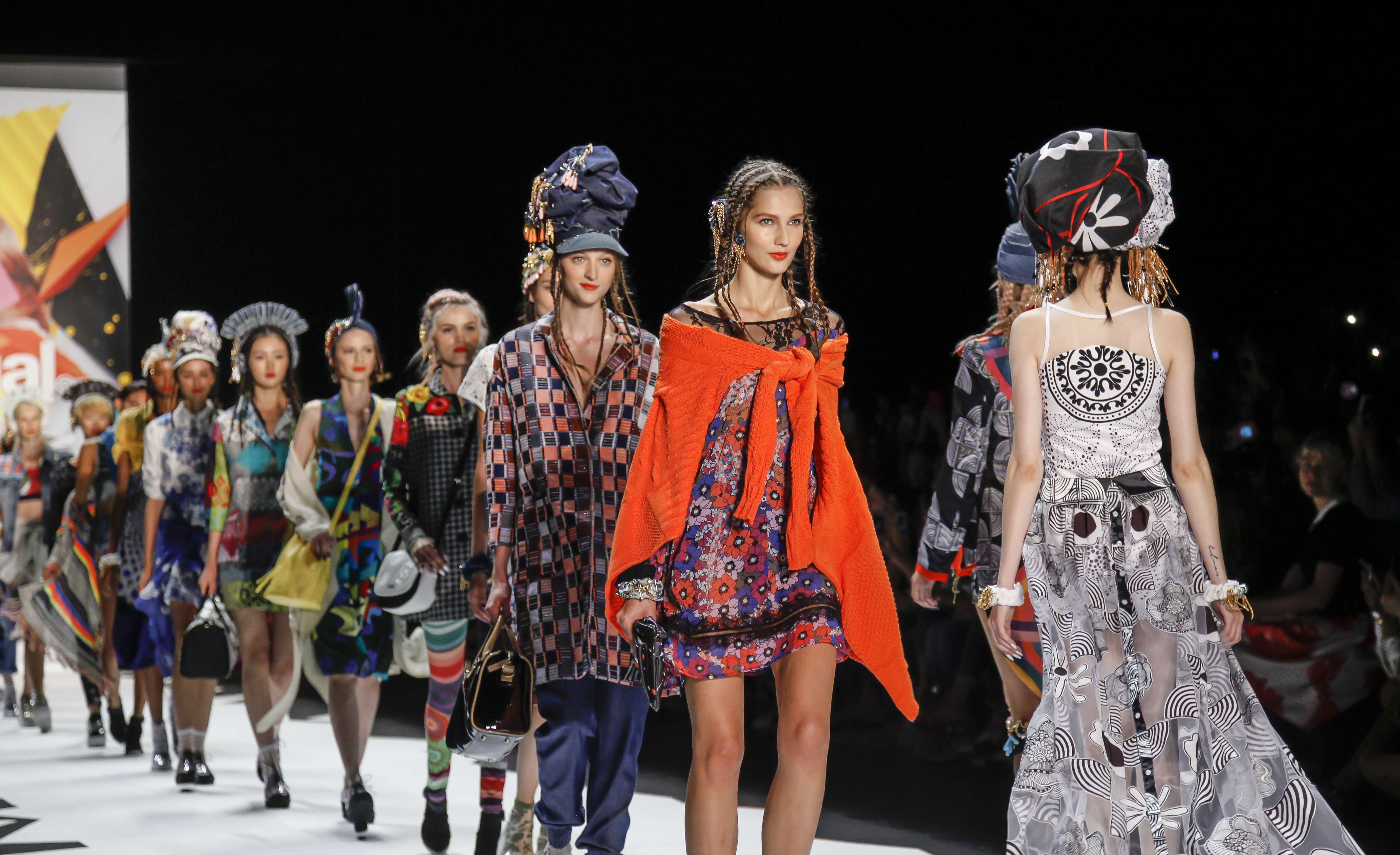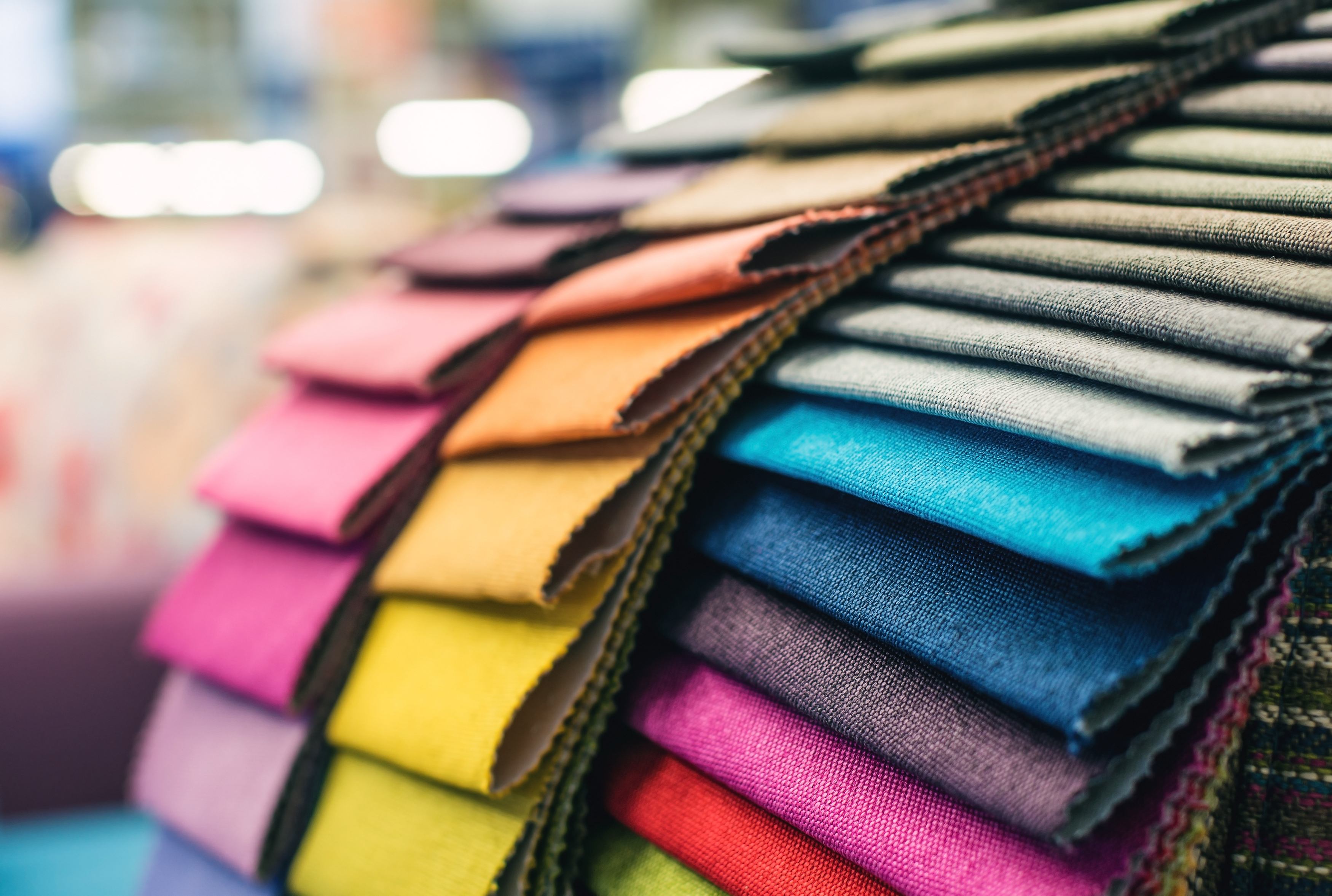Wholesale Fabrics: How To Keep Up With Fabric Trends And Styles



Summary
Whether you're a small or medium-sized wholesale fabric brand, staying ahead of fabric trends is essential to remain in business. Wholesalers will have to find a middle ground between trend forecasting and getting the right manufacturing and sales strategy in place to beat their competition in bagging contracts from fashion designers and labels.
As a brand specializing in wholesale fabrics, staying ahead of trends is crucial to remain competitive in the ever-evolving world of fashion. Consumers continue to demand and switch to new styles. Designers engage in funneling the demand into their brands by innovating new styles.
To meet the pressing demands of highway creative brands and demanding customers, it is essential to understand current trends and identify consumer preferences. And also track their behaviors.
Two Sides To The Same Coin
Fashion is about parading what is new. The in-thing is what makes the brands stand out from the crowd. At the end of the day, it all boils down to having the suitable fabric at the right time. This is where wholesale fabric brands must be very competitive, intuitive and resourceful.
The first part of this job lies in predicting a trend. This is where a wholesaler has to rely on a mix of traditional and cutting-edge AI to forecast upcoming trends. The second, of course, is to take the necessary steps in maintaining a fabric line and price point that interests the designers and fashion labels.
Fashion Forecasts: Understanding the current and future trends

To stay on top of fabric trends, it is important for wholesalers to stay informed about the styles in vogue, anticipate the new collection of runway fashion scenes that set the trends for street fashion, and nail the behavior of customers to identify buying patterns.
Here is how wholesaler fabric sellers can amplify their trend forecasting
1. Keeping eyes and ears on designer launches

This can be done by keeping a tab on designer launches in new seasons and on the ramp models. Staying up to date with fashion literature bloggers and magazines also helps. Wholesale fabric manufacturers can look for textures, patterns, and colors preferred by leading brands, and use this information to produce similar fabrics.
2. Understanding customer buying preferences
Customer data analysis gives an accurate insight into their buying preferences and how they are planning and spacing their purchases. Keep an eye out on the celebs trending for their new looks and style. They can analyze the buying patterns of consumers and identify the types of knits, materials and fabric blends that are in demand.
3. AI-assisted procurement and supply chain management
Artificial Intelligence can help streamline the selection process of wholesale fabric manufacturers by relying on the historical dataset to predict a reliable understanding of the trends likely to be shaping the designer and fast fashion. AI algorithms help manufacturers to analyze market data, identify trends, and forecast demand.
4. Color forecasting
Color trends are another indicator. Manufacturers need to predict the colors that will be popular in the coming seasons so that they can produce fabrics in these colors. They can use data from various sources, such as fashion shows, consumer surveys, and the color of the year by organisations like Pantone to forecast the shades that will be in demand.
5. Socio-cultural metrics
This is largely the emotional playbook for a fabric brand. Socio-cultural metrics help analyze the impact of social and cultural factors on fashion trends. What may be a trend in Asia need not appeal to the buyers in the US. Fabric manufacturers use these metrics to identify emerging trends and adapt their production processes accordingly.
Preparing a clear manufacturing and price strategy
Once trend forecasting shows the way, a wholesale fabric seller will not only have to display a clear understanding of current fabric trends and styles but also make a sales strategy and put together a supply chain that feeds the demand.
1. Access to high-quality fabrics
Sourcing high-quality fabrics is critical for wholesalers working with reputable brands to ensure they are getting quality fabrics. Brands should also consider sourcing eco-friendly fabrics, as more and more consumers demand sustainable fashion.
2. Determining a competitive price point
Determining a competitive pricing policy is paramount for any wholesale fabric brand. Bulk buying goes with economical prices. So, they have to make sure, their price does not let their competitors cannibalize their bottom line and nor does the client feel cheated when compared to the prevailing market rates.
3. Reciprocation through an exchange of swatches

A buyer gets put off by a wholesaler refusing to share a reverse swatch while inquiring about the availability of fabrics. By sending across swatches and responding in time, you lend confidence to the buyers who also get to know if the particular texture or color of the fabric is to their liking.
4. Flexible scaling of operations
When working with large brands, particularly those catering to fast fashion, offering flexible production scaling is a huge plus.
5. Getting the right technology and manufacturing solutions
Once a brand has a good understanding of current trends, it is important to implement the right manufacturing solutions to bring those trends to life. This includes working with experienced manufacturers and the right technology. A wholesale fabric manufacturer must have access to the right sewing techniques alongside new technologies such as digital printing, laser cutting, and 3D knitting.
Key Takeaways
Staying informed about current fabric trends and styles is essential for wholesale fabric manufacturers to stay competitive.
Sourcing high-quality fabrics are crucial for staying ahead of trends and styles.
Implementing the right manufacturing solutions is essential for bringing current trends and styles to life.
Don't get left behind in the fashion industry. Partner with Fashinza to stay ahead of fabric trends and styles for your wholesale fabric brand.



















